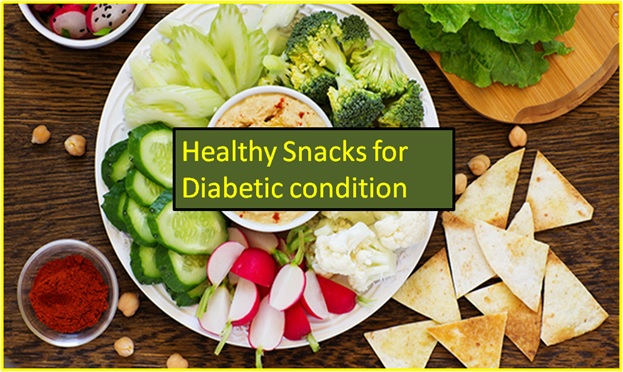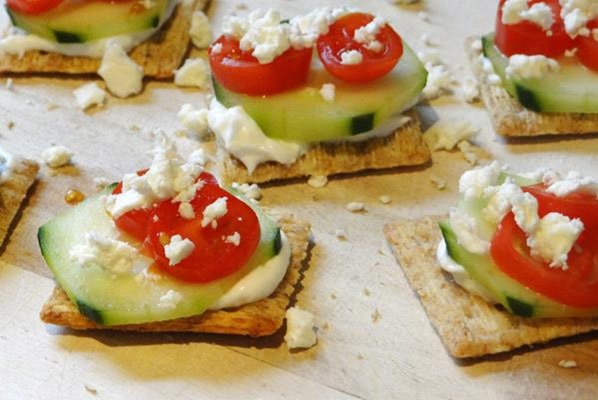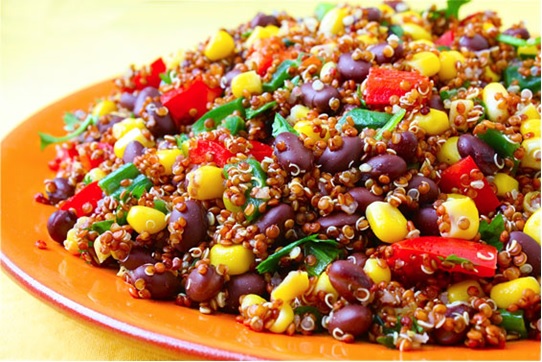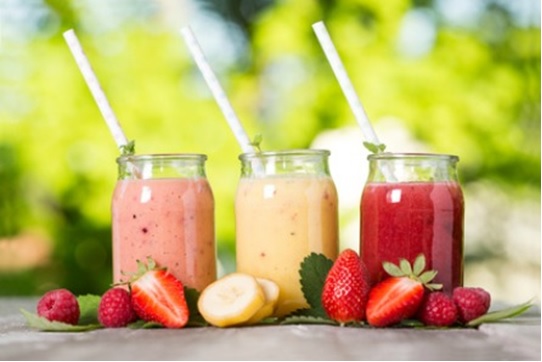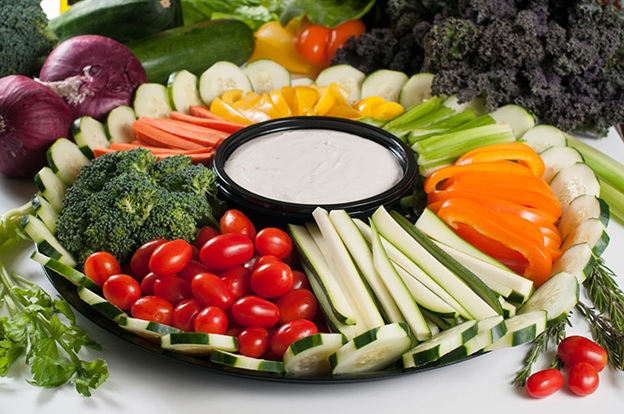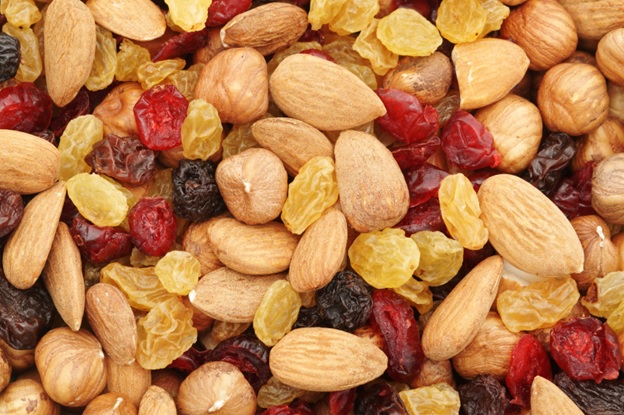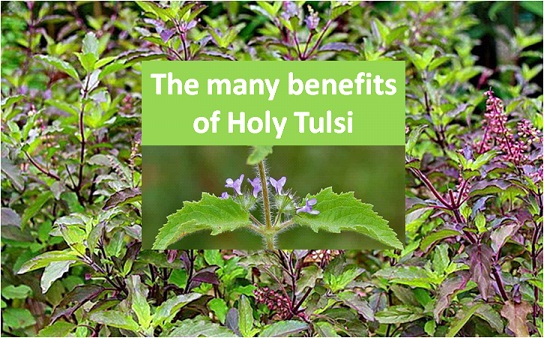
Holy Tulsi Plant and its Medical Power
Tulsi plant is the most worshipped plant in the world. In India Tulsi plant will be present in almost every house. Tulsi is worshipped by women and the place where the main Tulsi plant grows is known as Brindavan. Tulsi plant has many medicinal properties and cures many conditions. The plant is sensitive to cold and very high temperature. It needs lots of Sun light and likes clean water condition to grow.
Here are some uses of Tulsi plants.
- Daily consumption of few drops Tulsi leaves juice increases red blood cells.
- Applying Tulsi juice and turmeric powder mix helps to reduce skin allergy.
- Drinking mixture of Tulsi and lemon juice reduces conditions related to urinary tract
- To reduce cough chew 4-5 leaves of Tulsi everyday.
- For tooth ache chew few leaves of Tulsi and tooth ache will reduce.
- Growing Tulsi plants around not only brings fresh, good air but also reduces mosquitoes.
- Tulsi is a immune booster. Pluck a few Tulsi leaves, rinse them well and chew these leaves to boost your body’s immunity power.
- Mix Tulsi juice, ginger powder with honey to get rid of dry cough and cold.
- Applying Tulsi leaves juice to scalp reduces dandruff.
- Consuming equal amount of Tualsi leaves juice, onion juice and pepper powder reduces pile condition.
- To remove bad breath chew Tulsi leaves.
- If anyone is suffering from stomach infections, digestion problems and constipation, drinking Tulsi juice on an empty stomach helps to reduce the problem.
- If you are suffering from headache mix Tulsi juice with cardamom powder and apply behind ears and on forehead.
- Tulsi has germicidal, fungicidal and anti- bacterial properties. In ayurveda, it is advised that a person suffering from fever should have a decoction made of tulsi leaves.
- The essential oils present in Tulsi leaves helps in diabetic condition by increasing sensitivity of insulin.
- Eugenol helps the blood pressure to be under control and lowers cholesterol content.
- Tulsi helps to maintain the balance of stress hormone and controls the anxiety.
- Tulsi is a great diuretic and detoxifier and helps in reducing the uric acid that forms kidney stones.
- Recent studies says that Tulsi helps in quitting smoking habit by lowering the stress and make a person to urge quit smoking.
References: http://www.dnaindia.com/
http://www.thehealthsite.com/
http://hinduism.about.com/
Author: Sumana Rao | Posted on: December 11, 2015
« Understanding Gluten Intolerance Know more about Matcha Green Tea »



